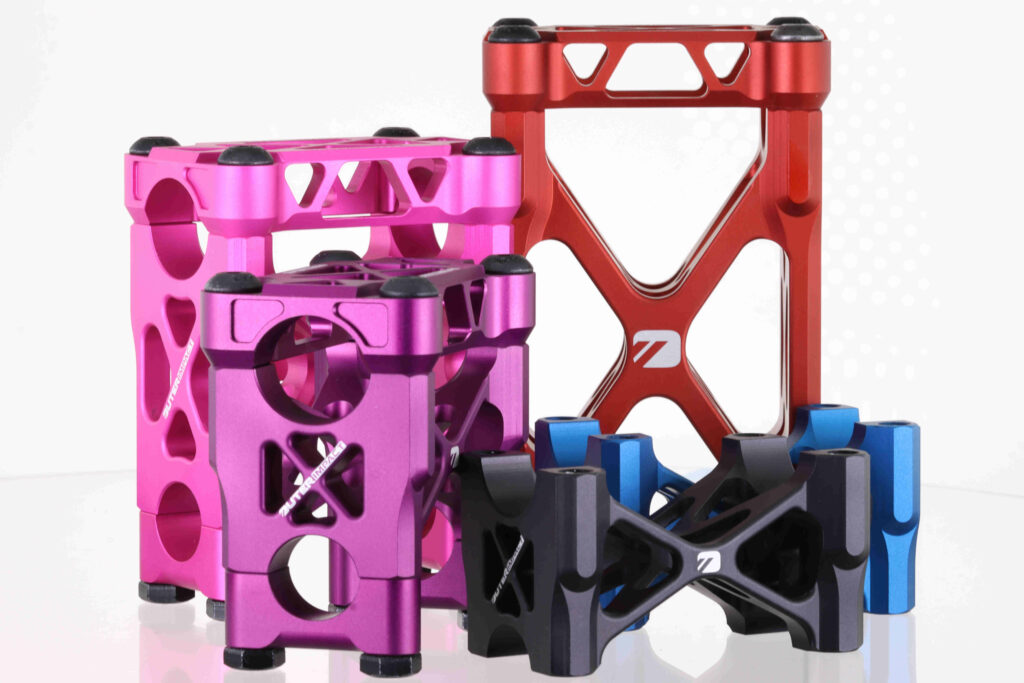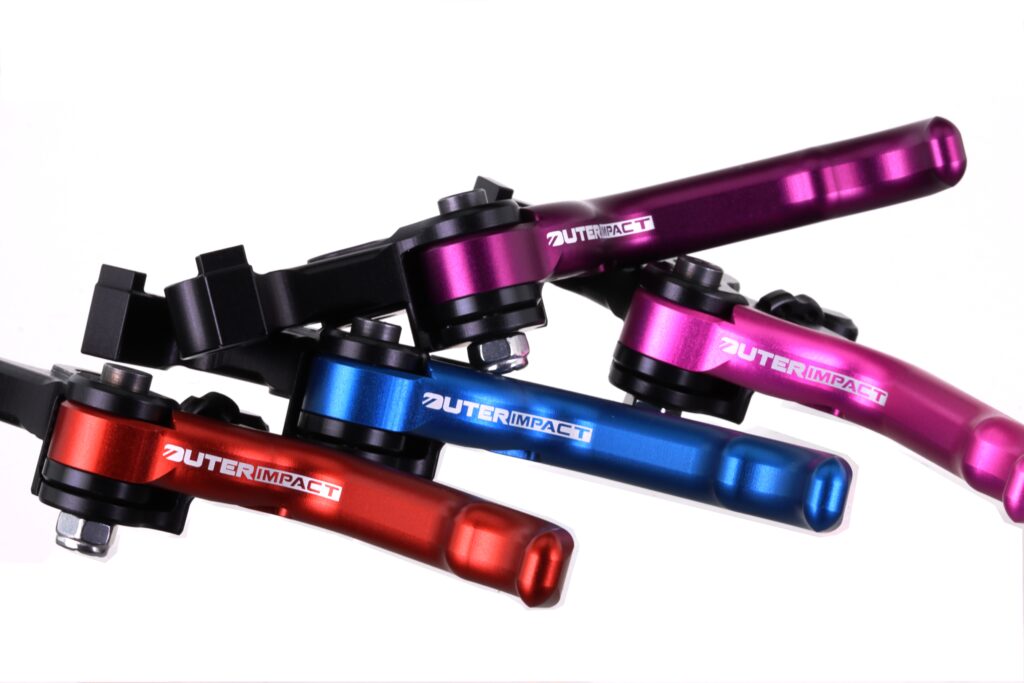What You Need To Know: Guide To Snowmobile Avalanche Emergencies
Introduction: Snowmobile Avalanche Emergencies
Avalanche emergencies can happen suddenly and without warning, making it crucial for snowmobilers to be prepared with the right avalanche safety gear and knowledge. In this guide, we’ll discuss how to respond effectively to avalanche emergencies, including techniques for locating and rescuing buried riders, as well as tips for staying safe in avalanche terrain. OuterImpact produces the finest precision machined billet aluminum brake levers and handlebar risers with a Lifetime Warranty.

Assessing the Situation
The first step in responding to an avalanche emergency is to assess the situation carefully. Take the following factors into consideration:
Avalanche Size and Location
Determine the size and location of the avalanche to assess the potential number of buried riders and the likelihood of survival.
Avalanche Trigger
Identify the trigger of the avalanche, such as a snowmobiler, skier, or natural release, to understand the cause and potential hazards.
Terrain Features
Evaluate the surrounding terrain for additional avalanche risk, including potential secondary slides or unstable snowpack conditions.
Locating Buried Riders
Once the situation has been assessed, the next priority is to locate buried riders as quickly as possible. Use the following techniques:
Avalanche Beacon (Transceiver) Search
If equipped with avalanche beacons, initiate a search using the transceiver’s signal reception mode to locate the buried rider’s beacon signal.
Probe Search
Use avalanche probes to systematically probe the snowpack in a grid pattern to pinpoint the location of the buried rider.
Visual Search
Scan the surface of the avalanche debris for any visible signs of the buried rider, such as clothing, equipment, or airway indicators.
Rescue Techniques
Once the buried rider has been located, initiate the rescue process using the following techniques:
Shoveling
Clear the snow from around the buried rider using avalanche shovels, focusing on creating an airspace around the head and clearing snow from the airway.
Airway Management
Assess the buried rider’s airway and provide assistance as needed, including clearing snow from the mouth and nose and ensuring a clear airway for breathing.
Extraction
Once the buried rider has been uncovered, carefully extract them from the snowpack and initiate emergency medical care as needed.
Staying Safe in Avalanche Terrain
Prevention is always the best approach to avalanche safety. Here are some tips for staying safe while snowmobiling in avalanche terrain:
- Check Avalanche Forecasts: Stay informed about current avalanche conditions and avoid riding in high-risk areas during periods of elevated avalanche danger.
- Travel with Partners: Always ride with a partner or group and maintain visual contact to assist in case of emergencies.
- Carry Essential Gear: Equip yourself with avalanche safety gear, including beacons, probes, shovels, and avalanche airbags, and know how to use them effectively.
- Educate Yourself: Take avalanche safety courses and training to learn essential rescue techniques and avalanche awareness skills.

Conclusion
Being prepared to respond to avalanche emergencies is essential for snowmobilers venturing into avalanche terrain. By understanding how to assess avalanche situations, locate buried riders, and initiate effective rescue techniques, snowmobilers can increase their chances of survival in the event of an avalanche. Remember to always prioritize safety, stay informed about avalanche conditions, and carry essential avalanche safety gear whenever riding in avalanche-prone areas. OuterImpact is very supportive of safety and avalanche awareness. We recommend following Duncan Lee as well as the American Institute for Avalanche Research and Education (AIARE). We support the Payette Avalanche Center and take classes with Bret Rasmussen. We only take highly calculated risks and carry the correct gear.
